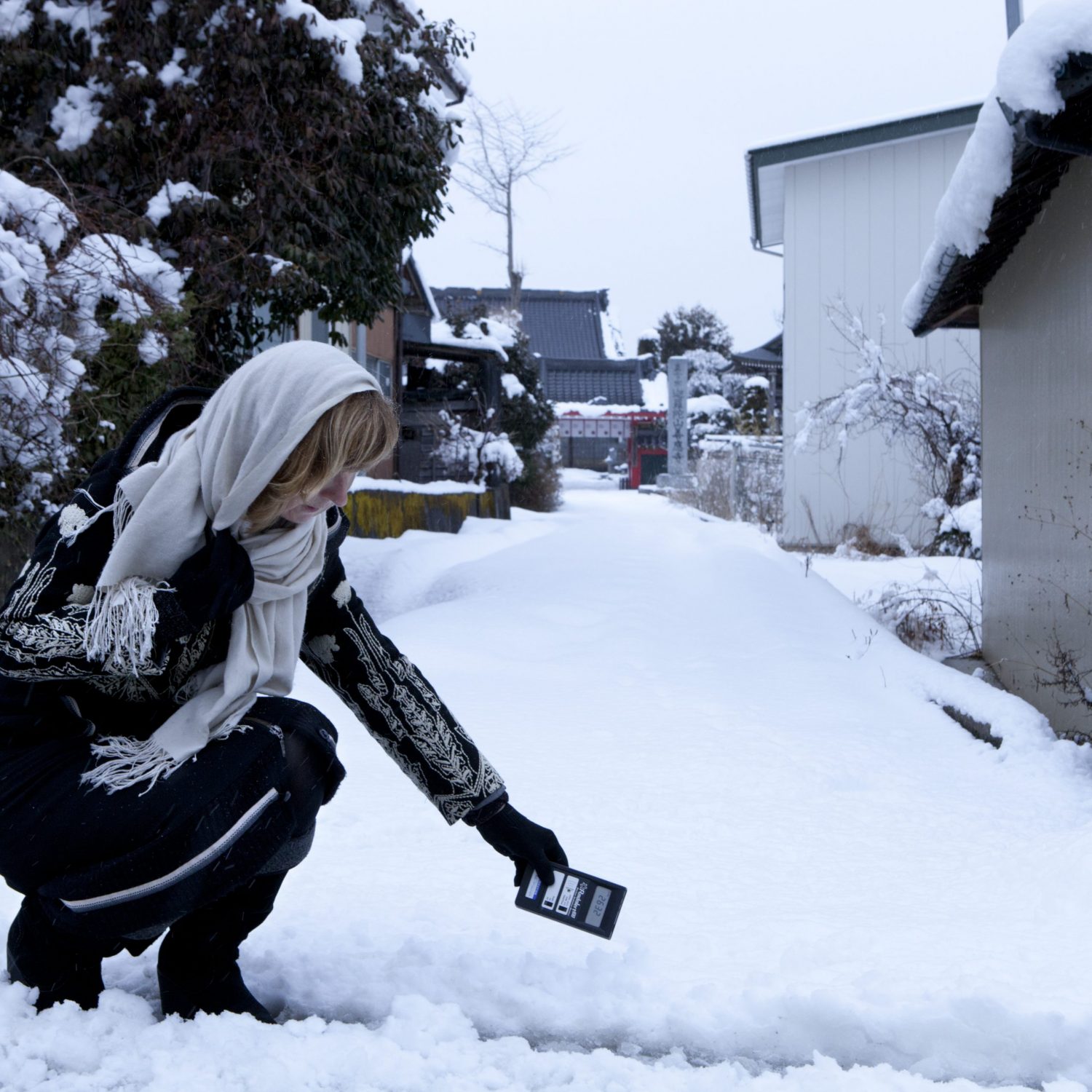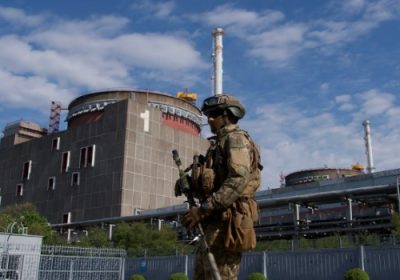Irish charity warns of “generations” of victims, as it is revealed that radiation levels at the plant are still “lethal”
Seven years after the cataclysmic disaster at Fukushima, where a nuclear plant was crippled by a devastating earthquake and tsunami, lethal levels of radiation still rumbles at the site of the Nuclear Reactor.
TEPCO, the company responsible for the running of and decommissioning of the power plant, has revealed that an inspection of the Fukushima nuclear plant has detected extremely high amounts of radiation, which will further delay the gruelling decommission process. Just one hour of exposure would be lethal for any human, and machinery continues to malfunction while working in the highly radioactive environment. The decommissioning process was expected to begin in March 2018 – but the work will now be delayed further, due to the dangerously elevated readings.
In March 2011, a 9.0-magnitude earthquake hit off the north-eastern coast of Japan, sending shockwaves across the region. The subsequent tsunami waves, reaching up to 40 meters in height, breached the Fukushima plant’s sea defences, triggering reactor meltdowns. Following the disaster, more than 160,000 people were evacuated from their homes, becoming environmental refugees overnight.
Speaking in advance of the anniversary Adi Roche, Voluntary CEO and Founder of Chernobyl Children International (CCI) said;
“The recent revelations about failing technology and lethal levels of radiation at the Fukushima Plant is a stark reminder of seemingly how little we know about the dangers of exposure to radiation. Seven years in the life-cycle of radiation is a mere drop in the ocean in the history of radioactive contamination for many of the deadly isotopes that were exposed following the Tsunami. Multiple generations will feel the effects of Fukushima and it will still be many years before we realise the true extent of these disasters.”
The most dangerous tasks at Fukushima, including locating and removing the nuclear fuel that has burned through the pressure vessels of three of the reactors and is believed to have pooled at the bottom of the containment chambers, are yet to begin. Humans are still unable to enter the devastated building of the nuclear power plant – exposure to those levels of radiation would be lethal, even with medical treatment.
According to research carried out by the University of Southern California in 2015, the tragedy at Fukushima was preventable. Scientists claimed that design problems, negligence and inadequate pre-tsunami surveys all contributed to the failure that led to the catastrophe. In December 2016, the Japanese government admitted that the costs related to the nuclear accident had significantly grown to $188 billion (€154.8 billion) however Chernobyl Children International warns that the true fallout of disasters such as Fukushima and Chernobyl are in the health and genetics of the people most affected, as well as the environmental impact.








